While it may not seem like scribbling with crayons could be therapeutic, there’s a lot of unconscious processing that goes on in your mind during any form of artistic expression—much more than you may think.
What Is Art Therapy?
Art therapy benefits are now being validated by neuroscience, and are accepted as an effective alternative to traditional talk therapy (1). Some even consider art therapy the new “anti-anxiety solution,” with adult coloring books available on bookstore shelves worldwide.
The reason why art therapy is effective is because it provides a safe, non-judgmental environment to explore and observe feelings—both conscious and subconscious—through art, such as coloring, painting, sculpting, drawing, and paper mache. Creating art can also put you in a calm, meditative state, which further encourages emotional release and stress relief.
Want to train your brain to be happier and healthier?
Click here to receive our FREE 7-Day Meditation Challenge!
Art therapy can also be wildly liberating because there simply are no rules in art. Instead, you’re encouraged to explore, have fun and play—there is no such thing as “good or bad.” [tweet_quote] There are no rules in art, no right or wrong. Just have fun, explore, and play![/tweet_quote]
For many of us, the outer world dampens our artistic expression at an early age, and it can even bring judgement into our creative experience. This is why practicing art as a form of therapy in adulthood may provide a much more profound experience than that time you received a C+ on your sculpture in art class or had to square dance in gym class.
The Science Behind Art Therapy
We are holistic beings, and psychological, physiological and emotional factors must be considered when it comes to any form of therapy.
Art making can help unite these three factors through physical engagement with art materials (such as paint brushes) and by bringing unconscious material to consciousness, which engages the psyche. This also helps encourage communication, expression and the ability to resolve emotional conflicts independently.
Generally, the left brain is associated with language and logic, while the right brain is associated with creativity and intuition (2). Think: head and heart. When you practice art therapy, you’re engaging your right brain (emotions), which your left brain (logic) tends to override with “realistic” rationalizations in everyday life. [tweet_quote] Art therapy gives a voice to your right brain, which drives creativity and intuition.[/tweet_quote]
Since art therapy engages the right brain and allows it to “speak,” art allows you to reframe experiences and reorganize your thoughts while gaining a new sense of awareness and understanding. In turn, this leads to changes in thought and behavioral patterns, which can have a positive ripple effect throughout all areas of your life.
While art therapy is more engaging for the right brain, the act of creating and interacting cognitively with artwork (especially if you’re working with an art therapist), allows the left brain to also be engaged, which makes art therapy a cumulative experience.
How Art Therapy Is Used for Chronic Health Conditions
While studies show art therapy can provide a solid starting point for overcoming anxiety and depression, research is also observing the use of art therapy with chronic illnesses and diseases. In fact, one study showed art therapy significantly reduced stress and anxiety levels in breast cancer patients, suggesting it may also provide an alternative way to manage and cope with symptoms as well as feelings of fear and uncertainty (3)(4).
Art therapy is also being used as a preventative treatment for children to manage unhealthy behaviors and negative feelings. For example, art therapy can provide a safe space for emotional release if a child’s parents are going through a divorce, and help prevent feelings of sadness from evolving into depression later on in life.
Art Therapy for Emotional Well-Being

It’s believed the process of exploration and looking inward through a creative medium can foster self-awareness, self-acceptance and self-esteem, making it an ideal form of therapy for any age group, at any point in their life—and not just for those who’ve suffered traumatic experiences. [tweet_quote] Art therapy can help foster self-awareness and self-acceptance, even if you’re not currently anxious or depressed.[/tweet_quote]
When the mind is focused on creating, there is less room for stress and worry. From here, individuals can “detach” from and process challenging and emotional experiences—which none of us are exempt from—and potentially discover solutions to problems and improve their positive mindset.
Studies suggest art therapy may also support healthy ego growth and the development of self-identity, which may improve the quality of life for children with special needs and disabilities, as well as senior citizens and adolescents who may feel excluded from their peers (5).
Art Therapy Vs. Counseling
Sometimes words are not enough, and we may not have language for traumatic experiences (especially when these events are pre-verbal in childhood). This is where art therapy can be complementary to talk therapy, by allowing individuals the opportunity to explore past experiences in an embodied, nonverbal way.
When speaking with a counselor or therapist, there are many psychological defenses that can emerge through language and speech. In art therapy, these defenses can be bypassed by exploring dreams, fantasies, fears and experiences that manifest through artistic expression.
Do You Need a Therapist to Practice Art Therapy?
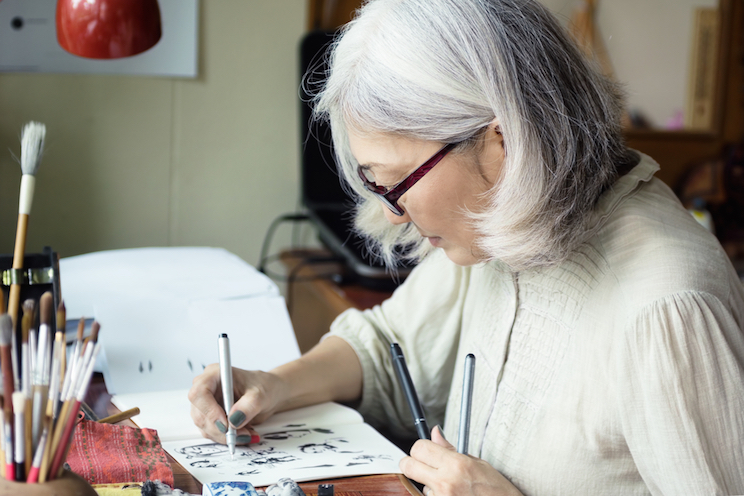
An art therapist acts as a guide or facilitator, who creates an emotionally safe environment where individuals can, without judgement, create and express themselves through a variety of different art forms. Similar to a counselor, an art therapist builds a trusting relationship with their clients in order to safely explore and work through emotional issues and blockages.
One of the primary benefits of working with an art therapist is that the art therapist is skilled in asking the right questions about the individual’s art process and artwork. These questions help open a discussion to invite the individual to gain deeper insight about themselves and discover a greater meaning and understanding of their art that they may not recognize on their own.
How to Practice Art Therapy at Home
While working with an art therapist is beneficial, you can also do endless art therapy exercises at home and experience amazing results. Here are a few exercises to try at home:
Adult Coloring Books
Whether or not you enjoy drawing, coloring books can be an ideal, non-intimidating starting point into art making. Play and explore with different pencils, markers and crayons, as well as color concepts. There are no rules with coloring books—you don’t even have to color in between the lines. Observe how you feel after each coloring session and reflect on any emotions or thoughts that may have come up.
Free Form Scribble Exercise
Use chalk pastels, crayons or markers to spontaneously scribble on a large sheet of blank paper. Allow yourself the opportunity to scribble without judgement or analysis. You can even close your eyes if that helps. Experiment with scribbling using your dominant and non-dominant hand. Take a step back and see if there are any shapes or figures that emerge. Feel free to develop any images further by adding color or more detail to an image you see.
Journaling
Using any materials of your choice, draw a random, spontaneous image.
The point of this exercise is to allow yourself the freedom to intuitively create whatever you want, which may be a reflection of how your day went, the mood you’re in, or even a problem that’s bothering you.
After creating this image, take a moment to examine your artwork. What do you see? What response does your art evoke in you? Now, create a written response to your art. Try to write a stream of consciousness, not stopping to edit or analyze your writing.
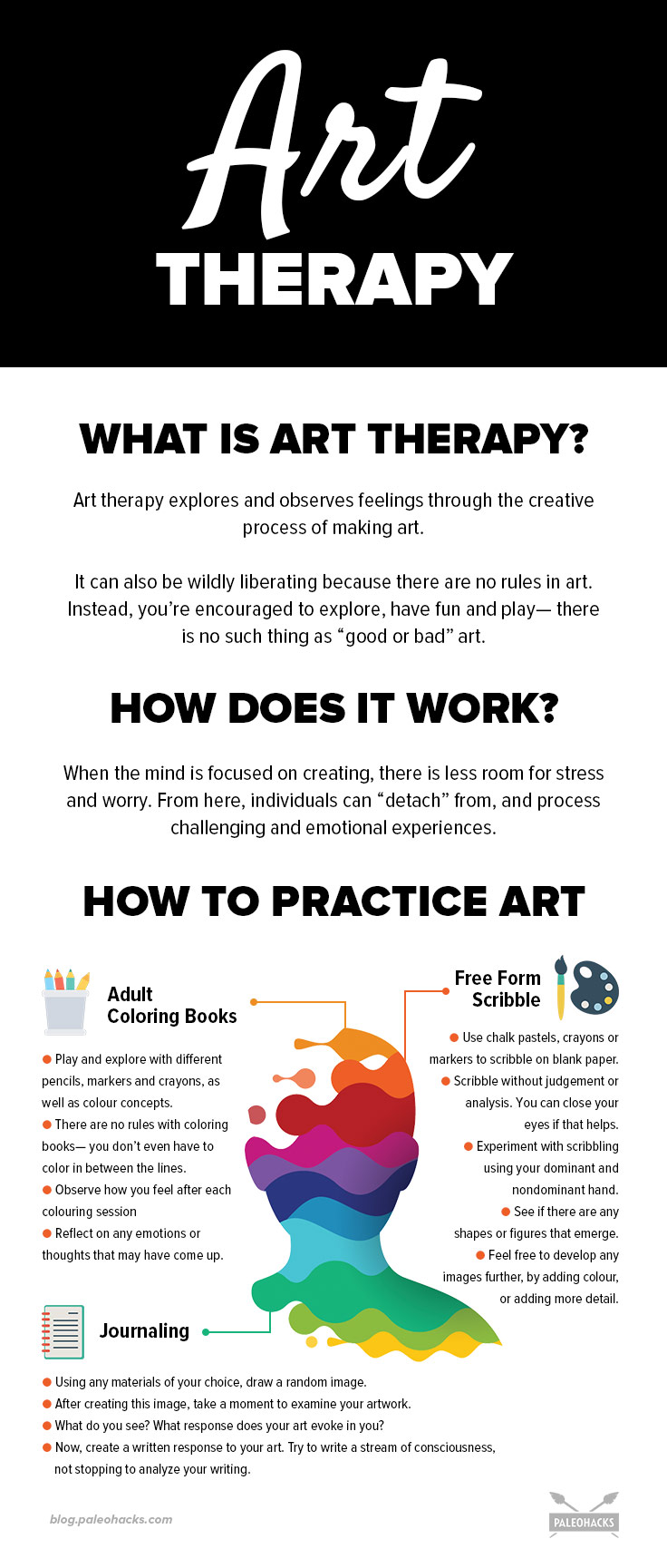
The Bottom Line
The goal of art therapy is not to achieve flawless works of art, but to express your emotions without criticism or judgment. The act and process of creating art can be as equally important as the final product of art therapy—which is improved happiness, health and emotional well-being.
(Read This Next: Anxiety: Symptoms, Causes & Natural Remedies)


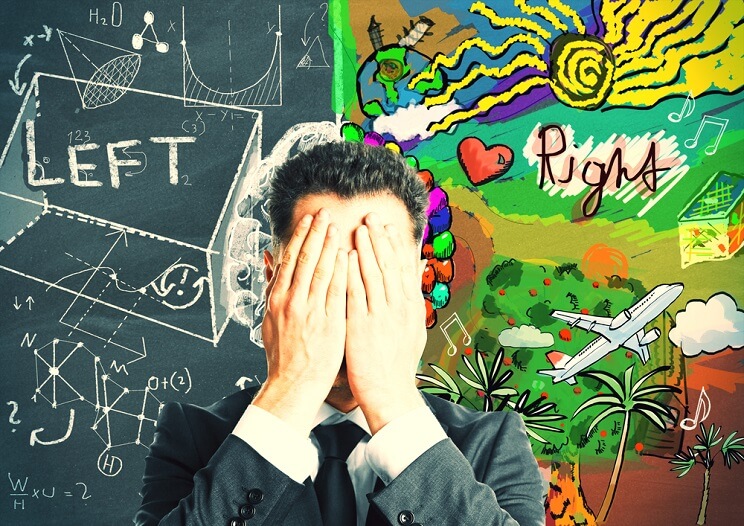
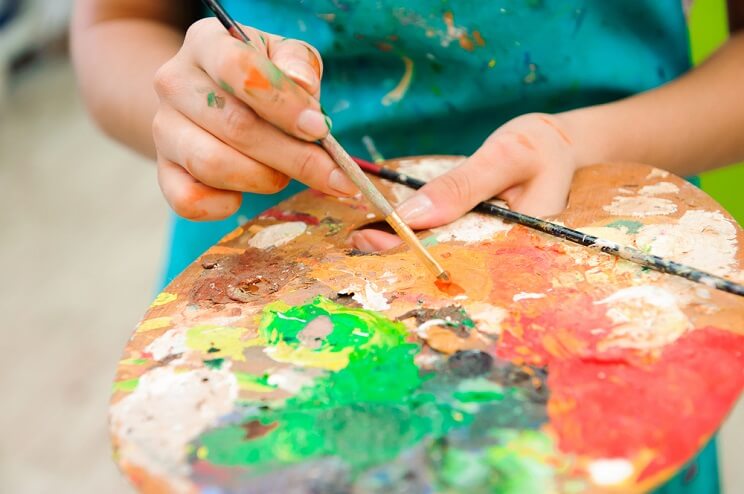

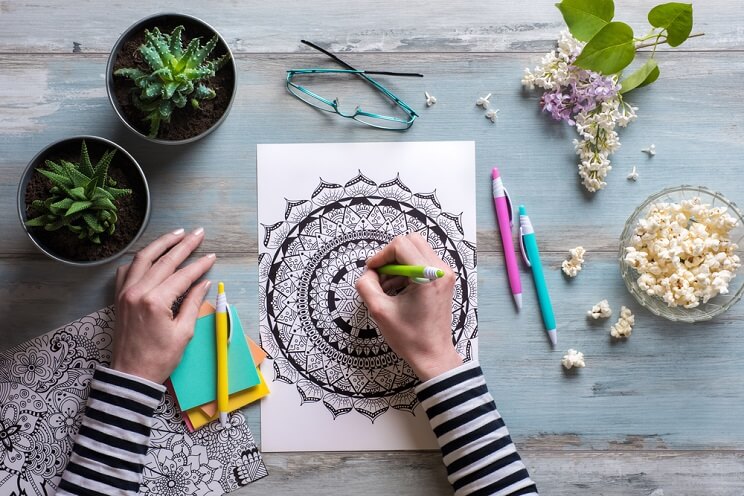
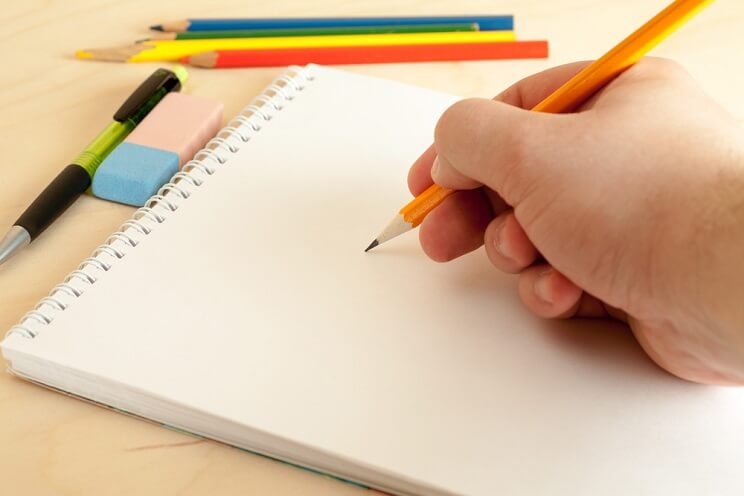

 Pucker Up Lemon Curd Recipe with Collagen Peptides
Pucker Up Lemon Curd Recipe with Collagen Peptides

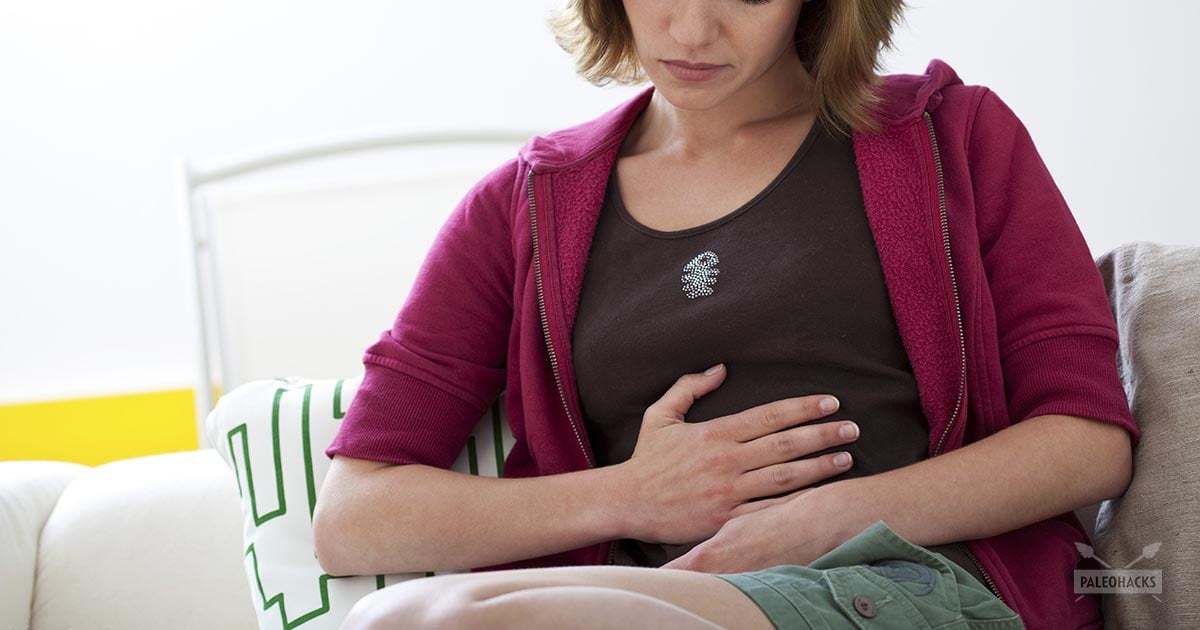
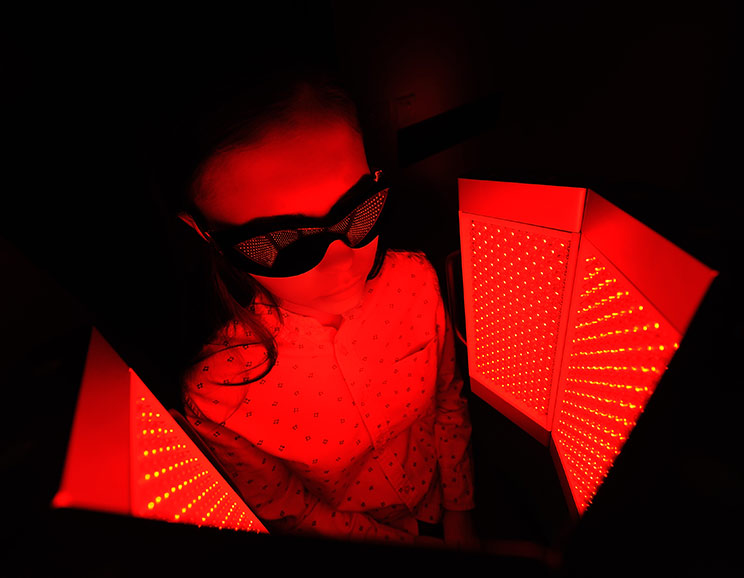

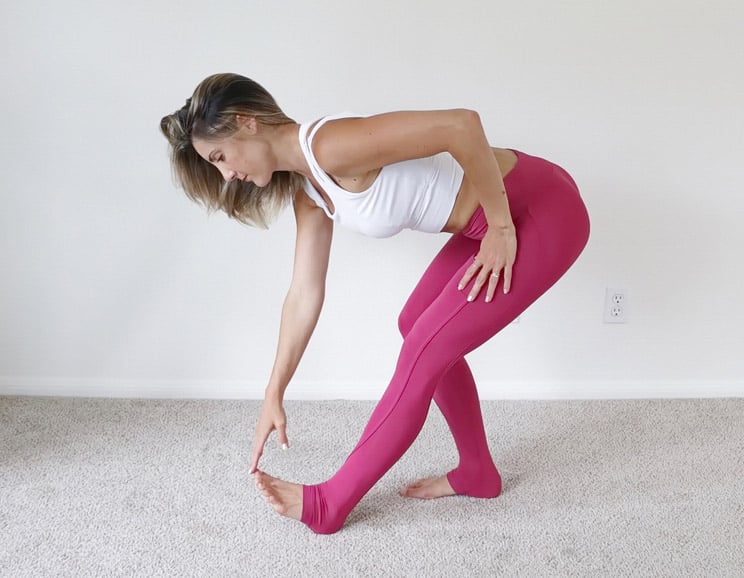

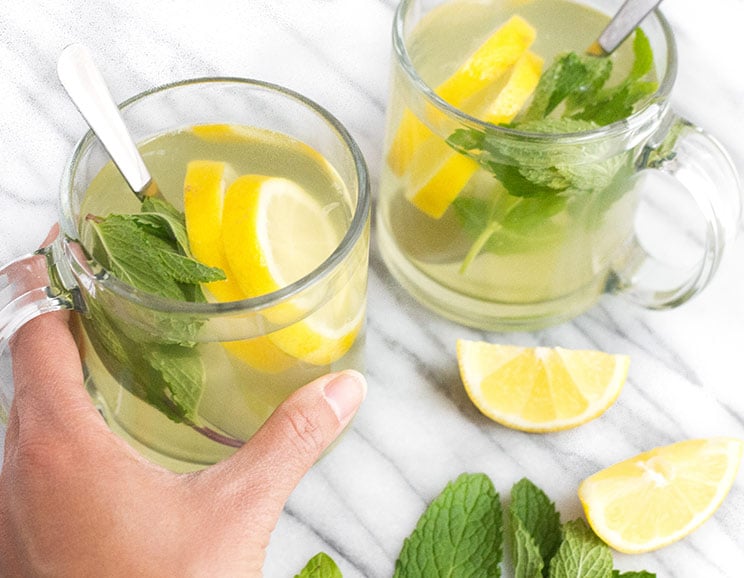

Show Comments